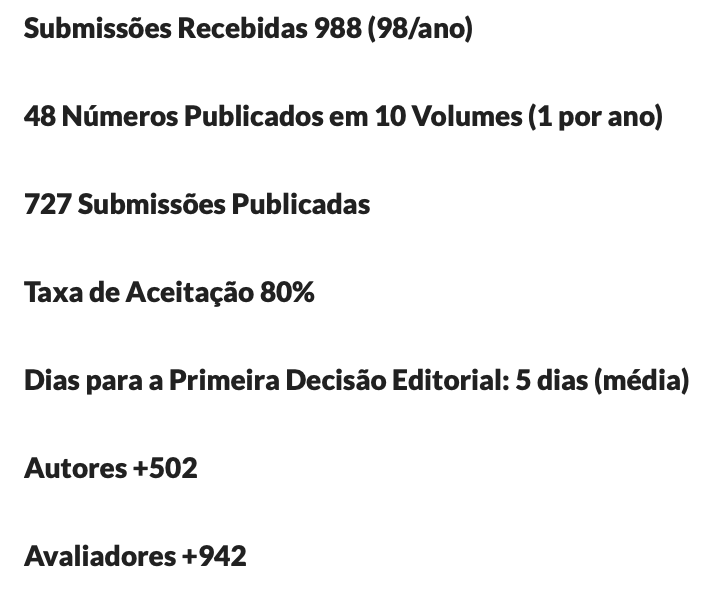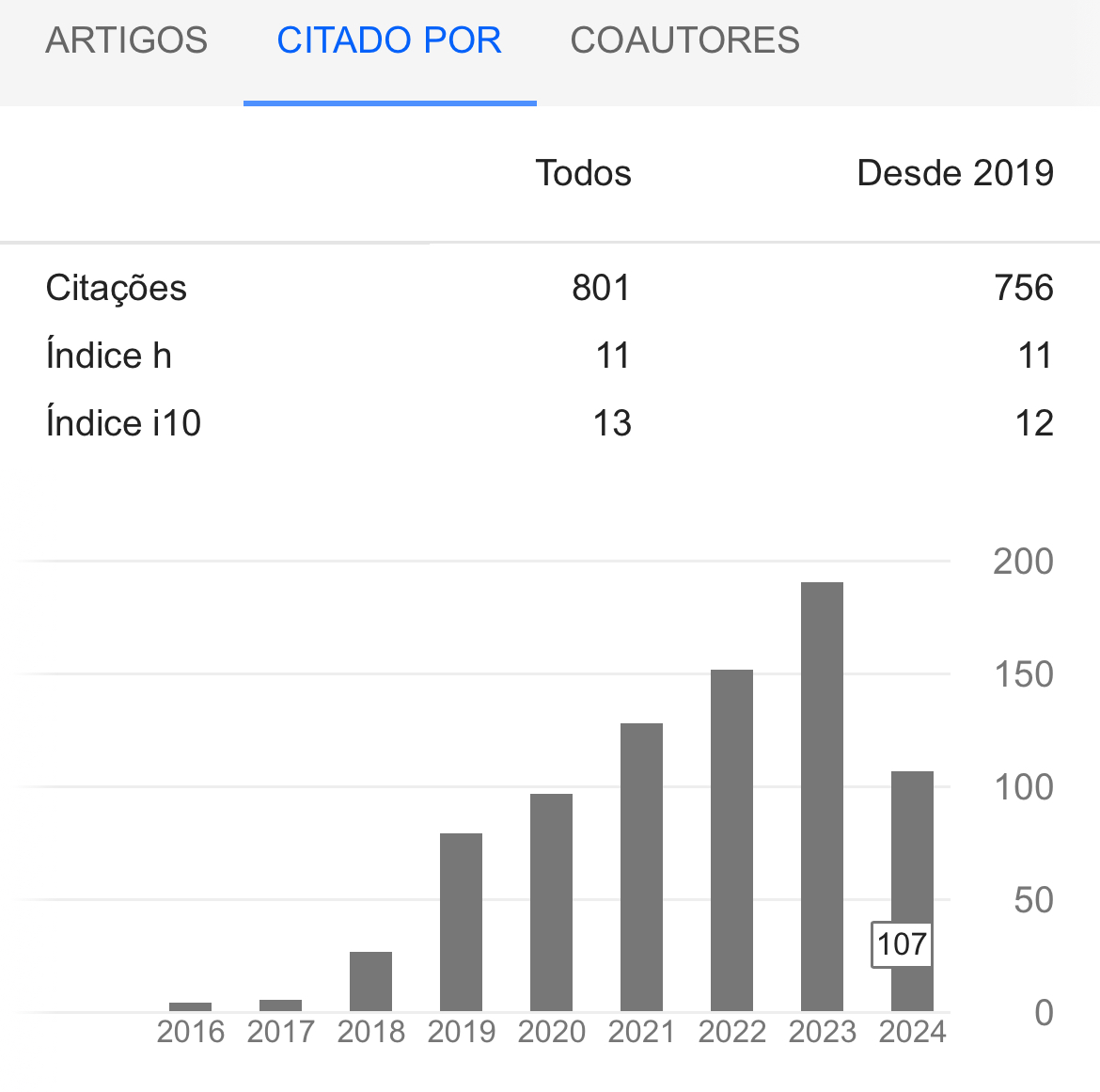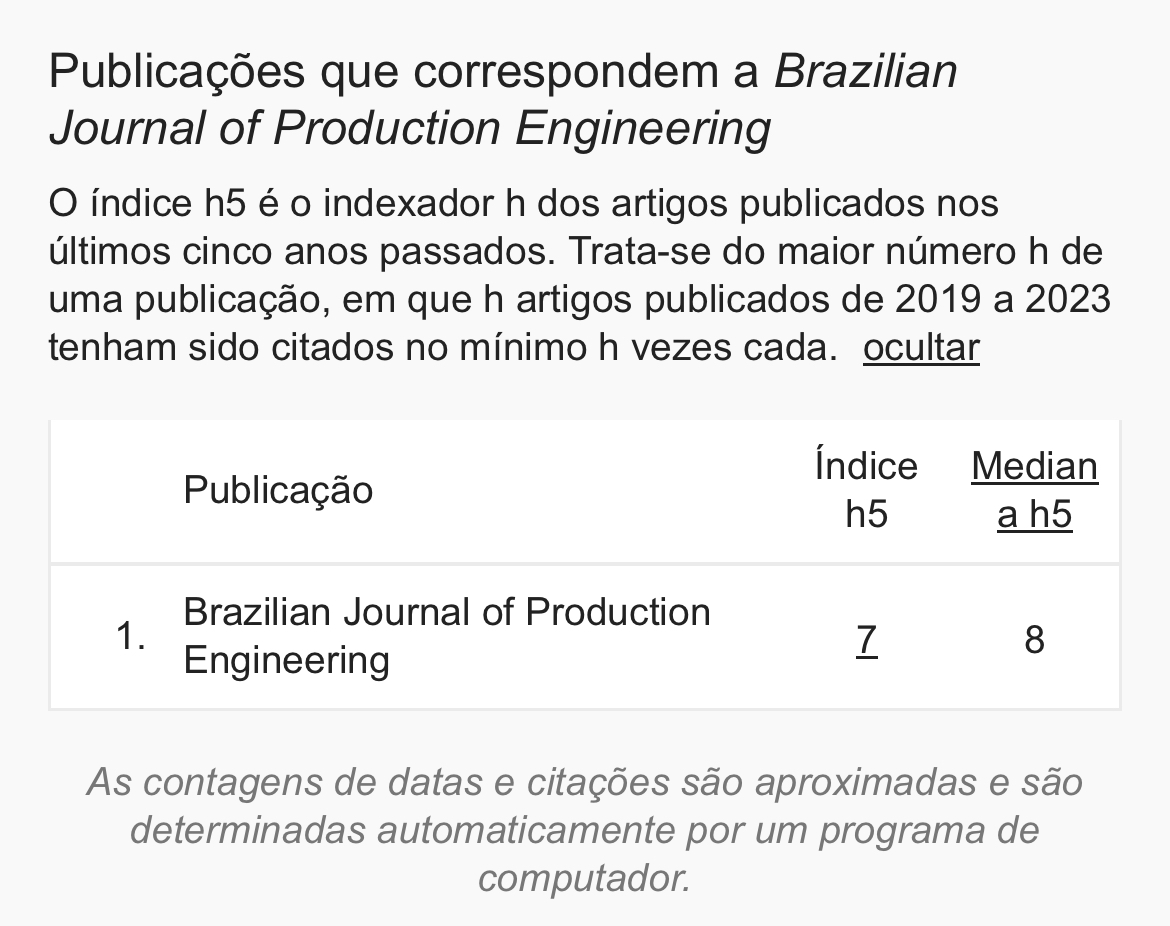Multidimensional approach to develop strategy map in small companies through BSC-AHP integration
Keywords:
Strategic management, Decision making, Balanced Scorecard (BSC), Analytic Hierarchy Process (AHP)Abstract
The organizational strategy can be seen as a complex issue because it is a phenomenon composed of multiple variables, with components that have different priorities and different forms of management. And, for this reason, organizations need solutions that allow them to analyze their posture vis-à-vis the market, considering scenarios composed of several variables. This work aimed to propose an approach to analyze organizational performance in small companies, using the integration between the Balanced Scorecard (BSC) and the Analytic Hierarchy Process (AHP) to formulate a strategic map. The theoretical basis discussed on competitive strategies, the BSC and the AHP. The methodology used used a survey followed by a case study. The results suggest that the units of analysis (small companies in the furniture segment) are aligned with their strategies and indicators, the strategic map recommends that, in order to differentiate themselves, these units should invest in servitization and benchmarking.
Downloads
References
Álvarez Pérez, C., Rodríguez Montequín, V., Ortega Fernández, F., & Villanueva Balsera, J. (2017). Integrating analytic hierarchy process (AHP) and balanced scorecard (BSC) framework for sustainable business in a software factory in the financial sector. Sustainability, 9(4), 486- 501.
Angilella, S., & Mazzù, S. (2015). The financing of innovative SMEs: A multicriteria credit rating model. European Journal of Operational Research, 244(2), 540-554.
Barney, J. (1991). Firm resources and sustained competitive advantage. Journal of Management, 17(1), 99-120.
Bentes, A. V., Carneiro, J., Silva, J. F., & Kimura, H. (2012). Multidimensional assessment of organizational performance: Integrating BSC and AHP. Journal of Business Research, 65(12), 1790-1799.
Darmayana, R. A., Sulistyo, B., & Aisha, A. N. (2018). Designing Performance Measurement Instrument With Balance Scorecard Framework And Ahp Method (case Study At Pt. Bina Karya Persero). e-Proceedings of Engineering, 5(3), 6606-6617.
Feo, R., & Giove, F. (2019). Towards an efficient segmentation of small rodents brain: a short critical review. Journal of neuroscience methods, 323, 82-89.
Giannopoulos, G., Holt, A., Khansalar, E., & Cleanthous, S. (2013). The use of the Balanced Scorecard in Small Companies. International Journal of Business and Management, 8(14), 1- 22.
Gonçalves, W., & Assumpção, M. R. P. (2014). Location of Distribution Center in secondary zone: proposal of a method by Analytic Hierarchy Process (AHP). Espacios, 35(11), 17.
Gonçalves, W. (2016). Integração de Técnicas de Análise Multivariada e Método Multicritério para Localização de Centros de Distribuição. Tese de doutorado, Universidade Metodista de
Gonçalves, W., Gonçalves, W., & Oliveira, L. P. F. (2014). Strategic mapping through the Balanced Scorecard (BSC): The Case of Small Business of Building Materials. Espacios, 36(7), 4.
González, M. A., Quezada, L., & Palominos, P. (2019). Designing a balanced scorecard using a scenario approach. Academia Revista Latinoamericana de Administración, 32(2), 118-137.
Grigoroudis, E., Orfanoudaki, E., & Zopounidis, C. (2012). Strategic performance measurement in a healthcare organization: A multiple criteria approach based on balanced scorecard. Omega, 40(1), 104-119.
Haddadi, F., & Yaghoobi, T. (2014). Key indicators for organizational performance measurement. Management Science Letters, 4(9), 2021-2030.
Hansen, P. B., Herrmann, J. D., Becker, G. V., & Santos, J. L. S. (2014). Strategic Behavior Analysis of Small Business in Brazil. FAEDPYME International Review, 3(5), 30-42.
Janeš, A., Kadoić, N., & Begičević Ređep, N. (2018). Differences in prioritization of the BSC’s strategic goals using AHP and ANP methods. Journal of Information and Organizational Sciences, 42(2), 193-217.
Johnson, H. T. (2017). The tragedy of modern economic growth: A call to business to radically change its purpose and practices. Accounting History, 22(2), 167-178.
Jovanovic, J., & Krivokapić, Z. (2015). AHP in implementation of Balanced Scorecard.
Kaplan, R. S., & Norton, D. P. (1992). The balanced scorecard. Harvard Business Review, 70(1), 71-79.
Kohneh, A. V. M. A., Yazdani, B. O. Y., & Kamalian, A. (2013). Performance measurement in governmental agencies using BSC-AHP: A case study of Civil Registry Office in Tehran. Management Science Letters, 3(4), 1255-1260.
Llach, J., Bagur, L., Perramon, J. and Marimon, F. (2017). Creating value through the balanced scorecard: how does it work?. Management Decision, 55(10), 2181-2199.
Malagueño, R., Lopez-Valeiras, E., & Gomez-Conde, J. (2018). Balanced scorecard in SMEs: effects on innovation and financial performance. Small Business Economics, 51(1), 221-244.
Metaxas, I. N., Koulouriotis, D. E., & Spartalis, S. H. (2016). A multicriteria model on calculating the Sustainable Business Excellence Index of a firm with fuzzy AHP and TOPSIS. Benchmarking: An International Journal, 23(6), 1522-1557.
Moradi, N., Malekmohammad, H., & Jamalzadeh, S. (2018). A Model for performance evaluation of digital game industry using integrated AHP and BSC. Journal of Applied Research on Industrial Engineering, 5(2), 97-109.
Oliveira, B. R. B., Salazar, V. S., Crespo, P. M., Costa, C. S. R., & Kovacs, E. P. (2015).
Competitive strategy in small enterprises: dimensions of the strategic process and their associations with generic and functional strategies. Gestão & Produção, 22(1), 119-132.
Pinto, S. H. B., Tonini, A. C., Yoo, N. S. L., & Katayose, E. M. (2020). Strategic Management through Balanced Scorecard (BSC): Deployment in Brazilian Companies. Brazilian Journal of Business, 2(1), 564-580.
Porter, M. E. (1991). Towards a dynamic theory of strategy. Strategic Management Journal, v. 12(S2), 95-117.
Quezada, L. E., Palominos, P. I., & Gonzalez, M. A. (2013). Application of AHP in the Design of a Strategy Map. iBusiness, 5(3B), 133-137.
Reynolds, A., Fourie, H., & Erasmus, L. (2019). A generic balanced scorecard for small and medium manufacturing enterprises in South Africa. The Southern African Journal of Entrepreneurship and Small Business Management, 11(1), a193.
Saaty, T. L. (1977). A scaling method for priorities in hierarchical structures. Journal of Mathematical Psychology, 15(3), 234-281.
Serviço Brasileiro de Apoio às Micro e Pequenas Empresas - SEBRAE. (2014). Participation of Micro and Small Enterprises in the Brazilian Economy. Sebrae: Brasília.
.
Taghipour, M., Vosough, A., Azizi, D., & Abdi, J. (2018). Insurance performance evaluation using bsc-ahp combined technique. National Academy of Managerial Staff of Culture and Arts Herald, (, 1158-1166.
Teeratansirikool, L., Siengthai, S., Badir, Y., & Charoenngam, C. (2013). Competitive strategies and firm performance: the mediating role of performance measurement. International Journal of Productivity and Performance Management, 62(2), 168-184.
Sainaghi, R., Phillips, P., & d’Angella, F. (2019). The balanced scorecard of a new destination product: Implications for lodging and skiing firms. International Journal of Hospitality Management, 76, 216-230.
Saracoglu, B. O. (2016). A PROMETHEE I, II and GAIA-based approach by Saaty's subjective criteria weighting for small hydropower plant investments in Turkey. International Journal of Renewable Energy Technology, 7(2), 163-183.
Sundharam, V. N., Sharma, V., & Thangaiah, I. S. S. (2013). for sustainable growth of manufacturing industries. International Journal of Business An integration of BSC and AHP Excellence, 6(1), 77-92.
Wu, H. Y. (2012). Constructing a strategy map for banking institutions with key performance indicators of the balanced scorecard. Evaluation and Program Planning, 35(3), 303-320.
Downloads
Published
How to Cite
Issue
Section
License
Copyright (c) 2020 Brazilian Journal of Production Engineering - BJPE

This work is licensed under a Creative Commons Attribution-NonCommercial-ShareAlike 4.0 International License.











































































